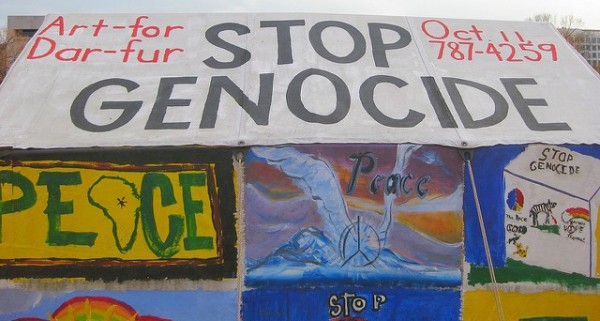
More often than not, research on gender-based violence during mass atrocities is focused on violence perpetrated by men against women and girls. There is far less discussion about gender-based violence against men and young boys. In a recently published paper, Gabrielle Ferrales, Hollie Nyseth Brehm, and Suzy McElrath shed light on this understudied phenomenon and explore sexual violence against males in Darfur. The authors explain that, although this violence is in some ways about physical domination, it is primarily meant to symbolically dominate and denigrate both the victims and surviving community members.
Using interview data from the Atrocities Documentation Survey (ADS), the authors analyse 1,136 Darfuri interviews conducted in Eastern Chad. The authors examine how gender-based violence against men and boys works to emasculate them through homosexualization, feminization, genital harm, and sex-selective killing. This allows perpetrators to perform masculinity in a manner that is in line with the Sudan’s gender norms, and points to the role that gender plays in influencing patterns of violence. In addition, emasculation allows for a symbolic form of violence to be perpetrated. One such symbolic form of violence is the degradation of males in both this life and the afterlife. This often occurs through post-mortem rape, serving to violate not just burial norms but also ensuring that the victim’s standing is tarnished even in the afterlife.
These findings shed light not only on how sexual violence is perpetrated against men during mass atrocities, but it can also contribute to our understanding of gender-based violence outside of these extreme circumstances. In a recent interview with Ferrales, she states that gender-based violence against men and boys is a reality in societies that frame heterosexual masculinity as dominant. Ferrales points out that “gendered identities […] are privileged in settings ranging from the U.S. to Sudan,” and studying gender-based violence against males during mass atrocities can also provide us with an opportunity to test and evaluate current work on violence against men and women in non-conflict settings.

Comments